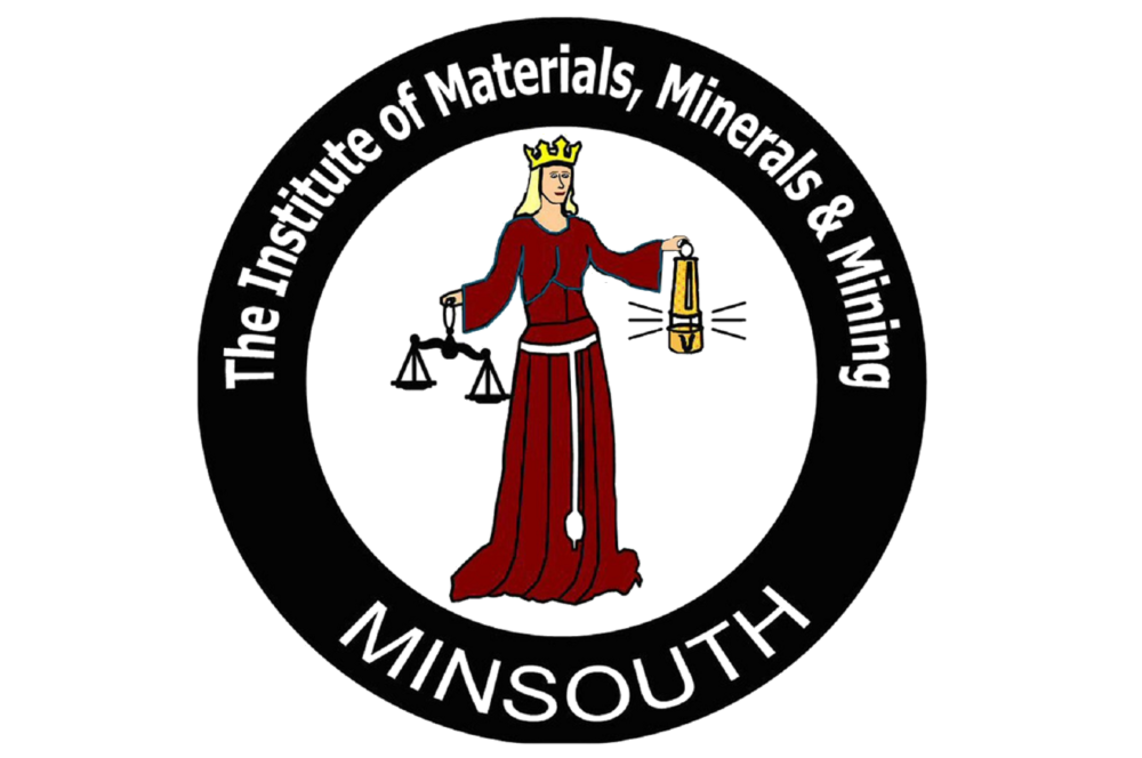MinSouth has zero tolerance for abusive, harassing, or discriminatory behaviour, and all communication should be appropriate for a professional audience including people of many different backgrounds.

- This event has passed.
Young Persons’ Lecture Competition
March 12, 2020 @ 6:00 pm - 9:00 pm
Students selected from all the entries received will present 15-minute lectures on the subjects described below. The winning presenter will have the opportunity to participate in the Regional Final on 26 March.
Sam Casement
Imperial College London
Regional Spectral Analysis of the Lofdal Alkaline Carbonatite Complex, Namibia, for Mineral Exploration
Using evidence from multi- and hyperspectral image data, the geology, mineralogy and formation of carbonatite dykes are considered at the Lofdal Alkaline Carbonatite Complex, Namibia. Lofdal is situated in the Welwitschia inlier, within the Congo Craton, which was intruded post-tectonically in many phases, including by the Oas Syenite and carbonatite dykes. In this study, satellite, airborne and drone-based data have been analysed to spectrally characterise the lithologies and mineralogy of the carbonatite complex, and its relationship to the regional geology. Lithological interpretations have also been linked to the geological setting and spectral properties. The Spectral Angle Mapping classification technique is used for mineral mapping in the region. How the thin carbonatite dykes relate to the distribution of Rare Earth Elements in this area, and the implications for economic potential, are discussed. The analysis of multi- and hyperspectral imagery has enabled a regional assessment of prospectivity to be produced.
Alexander Moss
Oxford University – St Edmund Hall
Lithium Deposit Types and Problems Relating to Maximising Extraction.
The market for lithium is growing at an extraordinary rate in response to the increase in demand for rechargeable batteries, principally in Electric Vehicles (EVs). Three types of lithium resources have been identified. 70% of the estimated resources are stored in brines, predominantly in Chile, Bolivia, Argentina and China. The second most abundant deposit of lithium, as Spodumene and Lepidolite predominantly, are pegmatites. These constitute <1% of pegmatites observed globally. The final class of resources are unconventional lithium deposits, including hectorite in Hector, California, and jadarite in Jadar, Serbia. Issues arise when converting these resources into reserves, principally with lithium brines. Brines are extracted from aquifers and left in pond exposed to solar radiation and the atmosphere for 18 months, while evaporation increases the concentration of the brine. Excessive pumping of brines potentially diminishing extraction by dilution. Magnesium ions also act to inhibit the amount of lithium extracted from brines.
Maciej Zajaczkowski
Imperial College London
REE properties, extraction and outlook
Rare earth metals fulfil an important role in many aspects of modern technology and our daily lives. First to be discovered in the town of Ytterby, rare earth metals have since been valued and utilized for their unique properties; allowing them to be utilized in electronic components, powerful magnets, efficient catalysts, highly specific absorption spectrum pigments and many more. Due to their high demand and the scarcity of processable ores, the extraction of rare earth metals in large quantities has proven to be a challenging task that has already taken a large toll on the environment.
During this student led lecture, I will discuss more about these elements and current improvements in extraction methods as well as potential solutions related to their environmental issues.
Jacob Hartles
Exeter University
Mining Development: Ethics and Sustainability in modern mining
As cultural, commercial, and environmental pressures increasingly affect the mining industry, the challenges emplaced must be addressed and a modernised response formulated. Technology and adaptation are key, however, the manner of such must complement the values of the complaints faced, and as such human and legislative routes cannot be underestimated. The talk will examine the chicken-and-egg nature of ethical pressures versus sustainability and efficiency gains. This broad examination is devolved into a variety of subtopics: the challenges of climate change, resource scarcity, and “social license to operate” in 21st century mining; developing technologies and their downstream impacts with a focus on water and energy, and approaches to cultural and societal challenges. Thus concluding on a proposal for activities and developments that have beneficial economic and social returns.
